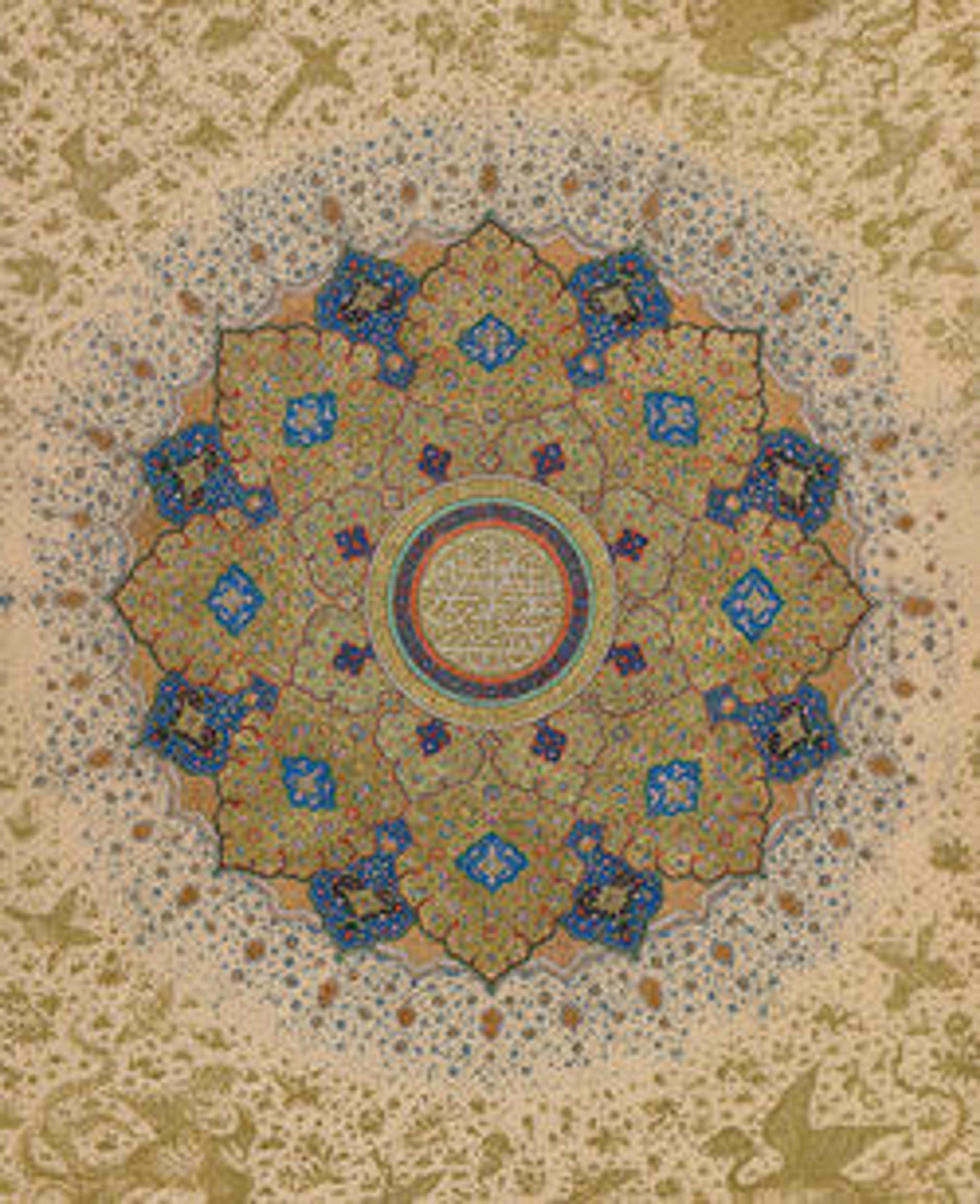Bowl Depicting a Running Hare
As luster painting spread to Egypt from Iraq, Fatimid potters tailored their wares to suit the new market. The lively, naturalistic rendition of a running hare with a palmette branch in its mouth drawn in golden luster paint is typical of the vigorous and enchanting quality of Fatimid pottery.
Artwork Details
- Title:Bowl Depicting a Running Hare
- Date:first quarter 11th century
- Geography:Made in Egypt
- Medium:Earthenware; luster-painted on opaque white glaze
- Dimensions:H. 3 in. (7.6 cm)
Diam. 10 1/4 in. (26 cm) - Classification:Ceramics
- Credit Line:Purchase, Joseph Pulitzer Bequest, 1964
- Object Number:64.261
- Curatorial Department: Islamic Art
More Artwork
Research Resources
The Met provides unparalleled resources for research and welcomes an international community of students and scholars. The Met's Open Access API is where creators and researchers can connect to the The Met collection. Open Access data and public domain images are available for unrestricted commercial and noncommercial use without permission or fee.
To request images under copyright and other restrictions, please use this Image Request form.
Feedback
We continue to research and examine historical and cultural context for objects in The Met collection. If you have comments or questions about this object record, please contact us using the form below. The Museum looks forward to receiving your comments.
